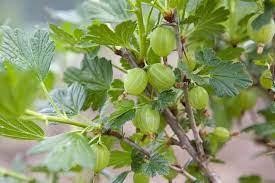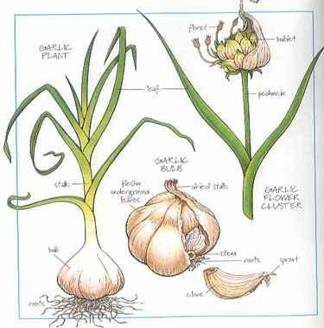General Care:
- Mulch to conserve moisture and reduce weeds.
- Water 1 inch per week from spring until after harvest.
- Keep bushes tidy by removing “suckers” that grow outside of designated rows. This prevents loss of nutrients used to grow the canes which will reduce berry size of next years crop.
Pests & Diseases:
- June through August watch for spider mites and Japanese beetles. Also susceptible to cane borers and powdery mildew.
- Rabbits will eat canes in the winter. Prevent with chicken wire fence.
Ever-bearing Raspberries AKA Fall-bearing Raspberries
- Fruit on first year of growth.
- After fruiting in fall, cut all canes to the ground. No pruning is required during the growing season.
- Clean up all debris to avoid disease and pests over winter.
- NOTE: To harvest both a fall and following summer crop, do not remove the primocanes that produced the fall crop. Prune them back in spring to 12 inches to the last visible node that had fruit and cut off dead tips.
Summer Fruiting Raspberries
- Produces fruit on 2-year-old canes.
- In the fall, cut canes to the ground that produced berries. These older canes are brown. Do not cut the new green canes as they will fruit next year.
4 Easy steps to Pruning Red Raspberries:
- Remove last year’s floricanes
- Narrow the row width to 1.5 – 2 feet
- Cut out the weaklings. You only want the tallest, thickest and healthiest looking canes left.
- Attach remaining canes to a V-shaped trellis. This design has 2 parallel wires spaced 3 feet apart and approximately 4 feet high. Attach canes to the trellis using twine. Tie canes so half are on one side of the row and half on the other side, approximately 1 every 4 inches. This promotes air circulation and encourages new growth in the center for next year. In addition, fruit will be on the outside for easier picking.









 There may also be areas of exception or ‘micro climates’. Factors that contribute to microclimates may be nearby bodies of water, presence of concrete or stone, slopes, soil type, vegetation, or structures. For example, plantings close to a house that are sheltered from northern winds will do well so you might experiment with a plant rated for a warmer zone, like a zone 5. Read the plant tags when you are buying new plants to ensure they will survive year after year.
There may also be areas of exception or ‘micro climates’. Factors that contribute to microclimates may be nearby bodies of water, presence of concrete or stone, slopes, soil type, vegetation, or structures. For example, plantings close to a house that are sheltered from northern winds will do well so you might experiment with a plant rated for a warmer zone, like a zone 5. Read the plant tags when you are buying new plants to ensure they will survive year after year.